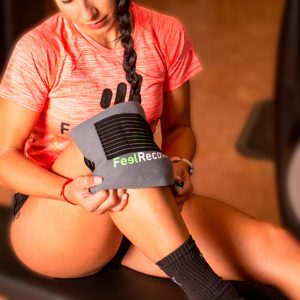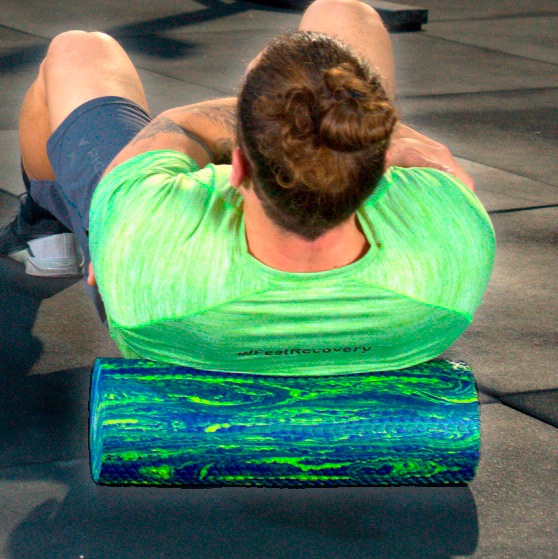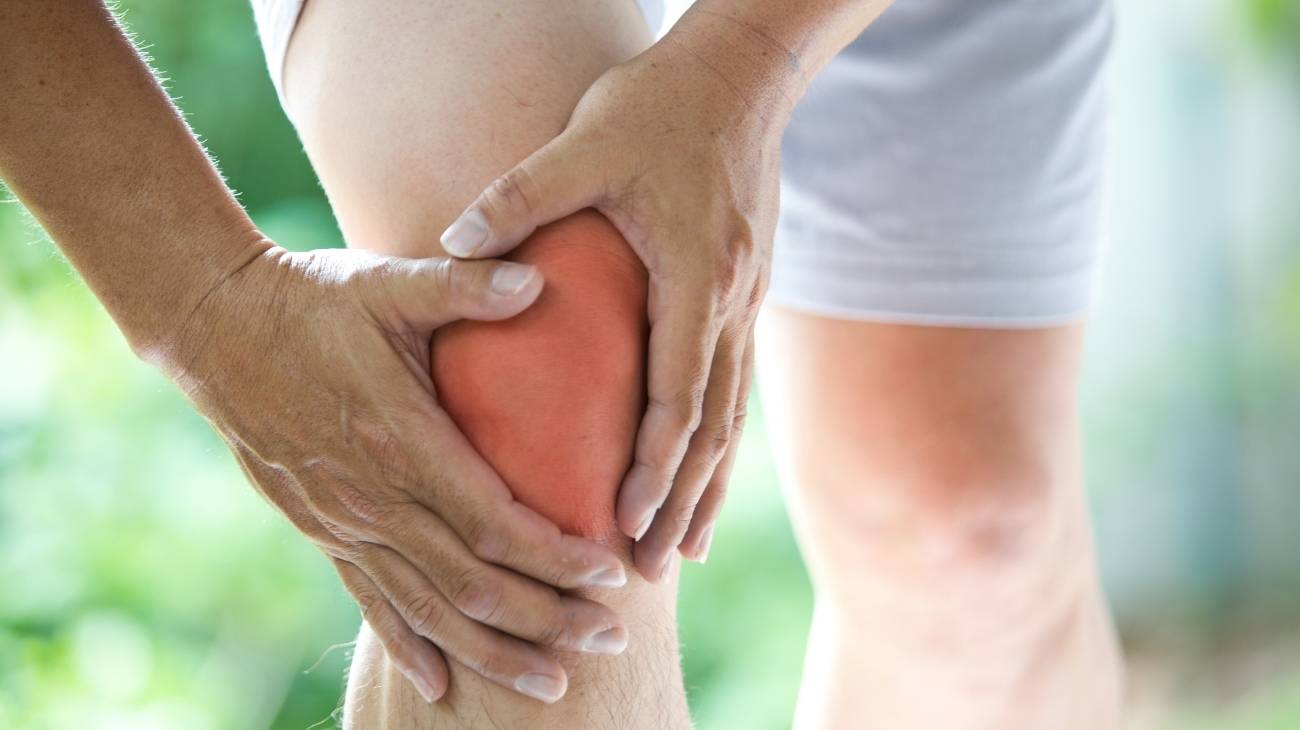Knee sprains are a common injury among athletes, fitness enthusiasts, and anyone who engages in physical activities. This condition typically arises from overstretching or tearing the ligaments that stabilize the knee joint, often due to sudden twists, impacts, or overexertion. The symptoms can include sharp pain, swelling, instability, and difficulty bearing weight on the affected leg. Addressing a knee sprain promptly is essential to restore mobility and avoid long-term complications.
Compression sleeves are an indispensable tool for knee sprain recovery. These sleeves provide even pressure around the injured area, helping to reduce swelling and improve circulation. By stabilizing the knee joint, they offer critical support, preventing further strain and facilitating safer movement. Compression also accelerates healing by delivering oxygen-rich blood to the damaged tissues.
Cold therapy plays a vital role in managing knee sprain symptoms, especially within the first 48 hours after injury. Cold therapy wraps help reduce inflammation and alleviate pain by constricting blood vessels around the affected area. Regular application of cold therapy can significantly decrease swelling, allowing the knee to regain mobility faster. This initial step is critical for creating a foundation for effective recovery.
Once the acute inflammation has subsided, heat therapy becomes beneficial for enhancing flexibility and relaxing the muscles surrounding the knee. Heat wraps increase blood flow, reducing stiffness and preparing the knee for physical activity or rehabilitation exercises. Heat therapy helps restore range of motion, a crucial aspect of knee sprain recovery.
Resistance bands are a highly effective tool for rebuilding strength and stability in the knee joint. Controlled exercises, such as lateral leg raises or squats with band assistance, target the muscles and ligaments supporting the knee. Incorporating resistance band exercises into your routine can improve knee stability and reduce the risk of reinjury.
Massage therapy can alleviate muscle tension and enhance circulation around the injured knee. Gentle massage reduces stiffness, aids in pain relief, and supports the body's natural healing processes. Combining massage with heat therapy further boosts relaxation and recovery, helping you regain knee mobility sooner.
TENS (Transcutaneous Electrical Nerve Stimulation) therapy offers an advanced method for managing knee sprain pain. This non-invasive approach uses electrical impulses to block pain signals and stimulate endorphin release, providing immediate relief. TENS devices are particularly useful when combined with other recovery tools like compression sleeves or resistance exercises.
Prevention is key to avoiding recurrent knee sprains. Wearing a compression sleeve during physical activities provides continuous support and minimizes ligament strain. Regularly practicing strengthening exercises with resistance bands fortifies the knee joint, making it more resilient to future stress.
Combining multiple recovery methods, including compression, cold and heat therapy, resistance training, and electrotherapy, creates a comprehensive strategy for managing knee sprains. These approaches not only reduce pain and swelling but also promote faster healing and long-term knee stability, empowering you to return to your activities with confidence.
FAQ: Frequently Asked Questions
What are the benefits of compression sleeves for knee sprains?
Compression sleeves provide targeted support, reduce swelling, and enhance circulation, accelerating the healing process and reducing the risk of further strain.
When should I use cold therapy for a knee sprain?
Cold therapy is most effective during the first 48 hours after the injury. It minimizes swelling, numbs pain, and helps set the stage for recovery.
How do resistance bands help with knee recovery?
Resistance bands allow for controlled exercises that rebuild knee strength and stability, reducing the risk of future injuries while enhancing mobility.
Can heat therapy aid in knee sprain recovery?
Yes, heat therapy increases blood flow, relaxes muscles, and reduces stiffness, making it a crucial step in the later stages of knee sprain recovery.
What is the role of TENS therapy in managing knee pain?
TENS therapy blocks pain signals and stimulates endorphin release, providing effective and immediate pain relief without medication.
















































